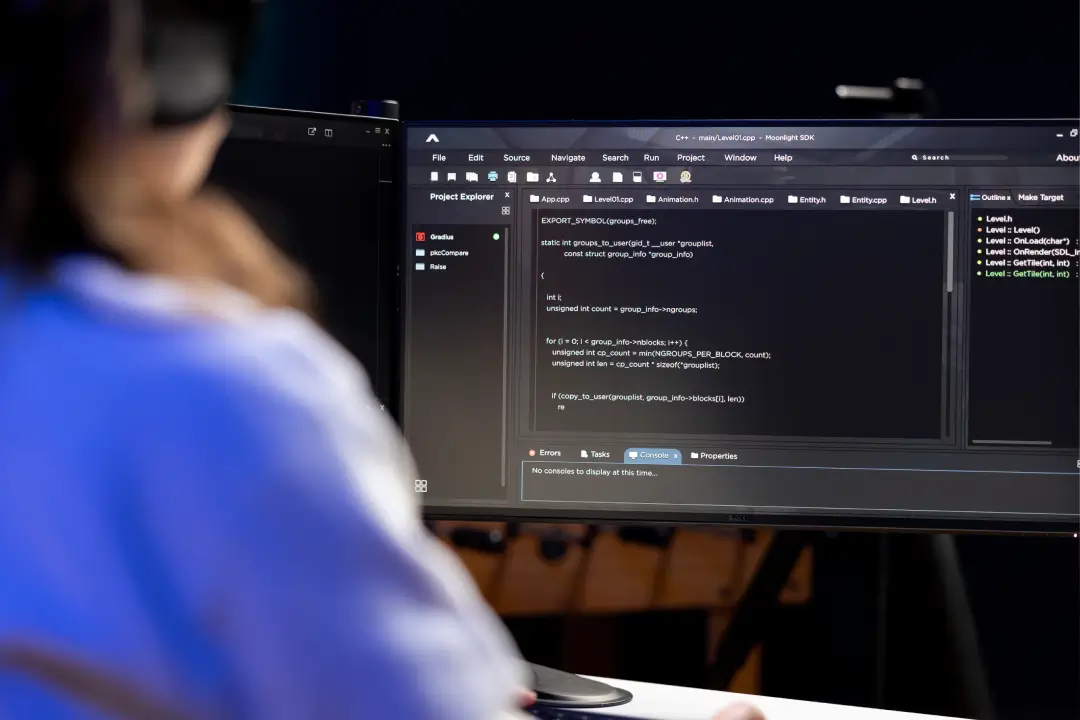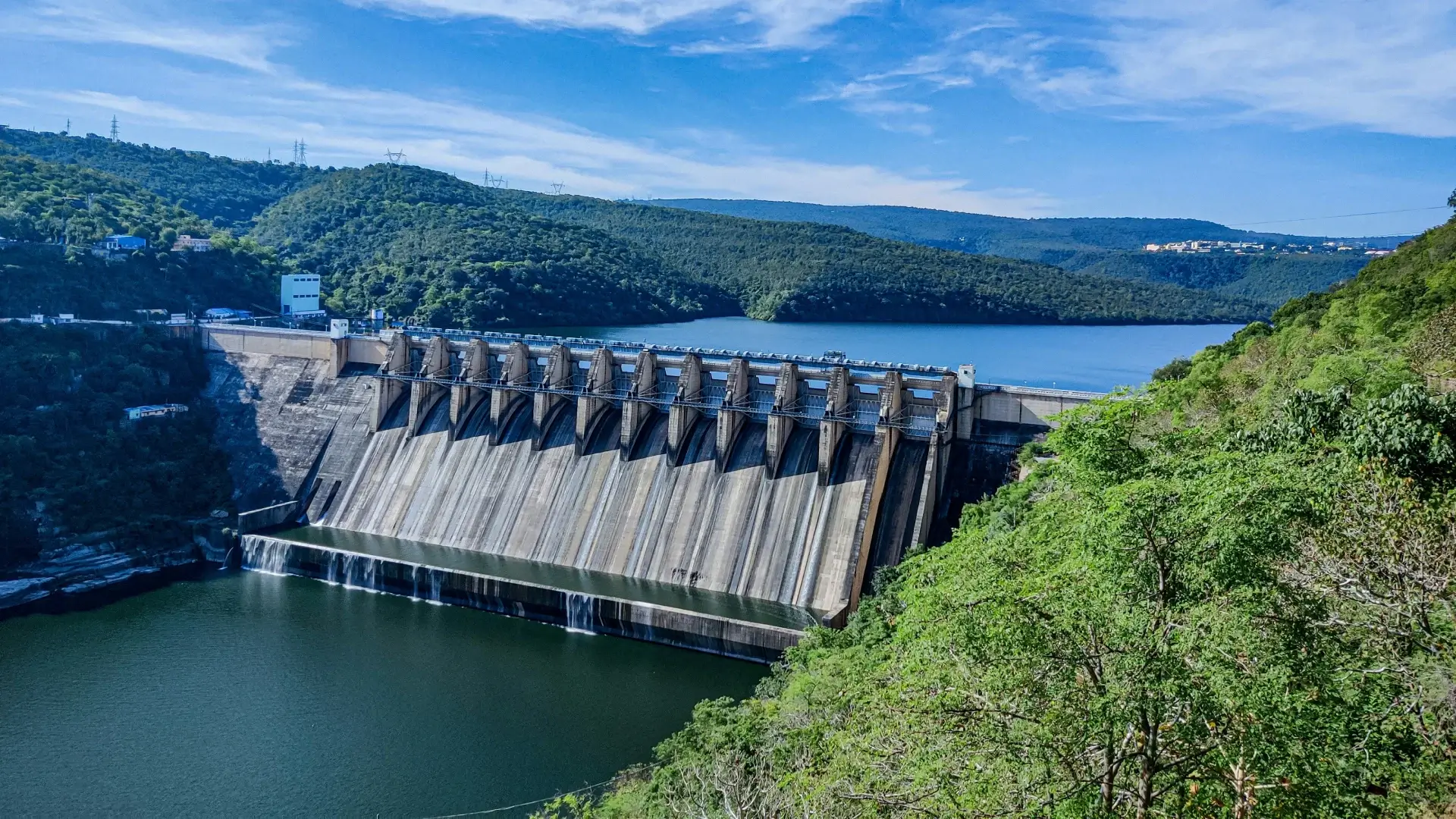How to Optimize Website Performance in 2025

Website performance is more crucial than ever in 2025. Slow-loading websites lead to higher bounce rates, lower conversions, and poor search engine rankings. With evolving web technologies and user expectations, optimizing your site is a must. Let’s explore the best strategies and tools to enhance website speed and performance in 2025.
1. Implement Next-Gen Frontend Technologies
Modern frontend tools streamline development and improve performance. Here are some must-know tools:
- React 19 & Vue 4 – Faster, more efficient frameworks for UI development.
- Svelte – Reduces JavaScript overhead for better speed.
- Tailwind CSS – Lightweight, utility-first CSS for faster styling.
- Vite – A blazing-fast build tool replacing Webpack.
- TurboPack – An alternative to Webpack, offering faster build times.
Using these tools ensures a smooth user experience with minimal performance trade-offs.
2. Optimize Images & Videos for Faster Load Times
Images and videos are key content elements but can slow down a website if not optimized. Follow these best practices:
- Use next-gen formats like WebP and AVIF.
- Implement lazy loading to defer offscreen images.
- Use responsive images for different screen sizes.
- Optimize videos using compressed MP4 files or embed them via lightweight players.
3. Enhance Website Speed with Efficient Caching
Caching improves load times and reduces server load. Key caching techniques include:
- Browser Caching: Store static files locally.
- Server-Side Caching: Use Redis or Memcached.
- Content Delivery Network (CDN): Distribute content across global servers.
4. Reduce JavaScript & CSS Load
Heavy JavaScript and CSS files slow down website performance. To optimize:
- Minify and compress CSS/JS files.
- Use Code Splitting to load only necessary JS.
- Remove unused CSS with tools like PurgeCSS.
- Defer non-critical scripts to improve first paint time.
5. Optimize Core Web Vitals for SEO & UX
Google’s Core Web Vitals play a crucial role in ranking. Focus on:
- Largest Contentful Paint (LCP): Ensure main content loads fast.
- First Input Delay (FID): Improve user interaction speed.
- Cumulative Layout Shift (CLS): Prevent layout shifts for better UX.
6. Utilize Server-Side Rendering (SSR) & Static Site Generation (SSG)
SSR and SSG can significantly boost performance:
- SSR (Next.js, Nuxt.js): Improves initial load speed.
- SSG (Gatsby, Hugo): Pre-renders static pages for faster performance.
7. Implement Progressive Web App (PWA) Features
PWAs improve site performance and provide an app-like experience. Features include:
- Offline Mode – Caches key resources.
- Push Notifications – Engages users effectively.
- Installable Apps – Users can add your site as an app.
8. Use AI-Powered Performance Monitoring Tools
Automate performance checks with AI-based tools:
- Google Lighthouse – Free tool for performance audits.
- GTmetrix – Detailed page speed analysis.
- WebPageTest – Advanced testing options.
- New Relic & Datadog – AI-powered site monitoring.
9. Optimize Database Queries & Reduce Server Requests
A well-optimized database improves response times. Best practices:
- Use indexing for faster queries.
- Implement pagination instead of loading all data.
- Optimize API calls and reduce HTTP requests.
10. Secure & Speed Up with HTTP/3 & Cloud Hosting
Switching to HTTP/3 enhances speed and security. Additionally, consider:
- Using serverless hosting (Netlify, Vercel, AWS Lambda).
- Deploying on cloud-based infrastructure (Google Cloud, AWS, Azure).
- Enabling TLS 1.3 for faster secure connections.
Conclusion
Optimizing website performance in 2025 requires a mix of modern tools, efficient coding, and strategic enhancements. By implementing these strategies, you can ensure your website remains fast, user-friendly, and SEO-optimized.
Are you ready to supercharge your website’s performance? Start optimizing today!
Recent On cloudxtech
Beginner Frontend Projects with HTML, CSS, JS, and jQuery – Free to Use and Download
August 11, 2025 • 4 minute(s) read
Best Chrome Extensions for Web Developers in 2025
June 12, 2025 • 3 minute(s) read
JN Form Validation: Simplify Client-Side Validation with Ease
May 22, 2025 • 4 minute(s) read
🌊 The Indus Waters Treaty: A Historic Pact and its Dramatic Suspension in 2025
April 27, 2025 • 5 minute(s) read
🏋️♂️ The Ultimate Guide to Biceps: Anatomy, Training, and Growth Hacks
April 27, 2025 • 3 minute(s) read
🏋️♂️ The Ultimate Chest Training Guide: Anatomy, Tips & Workouts
April 27, 2025 • 3 minute(s) read













